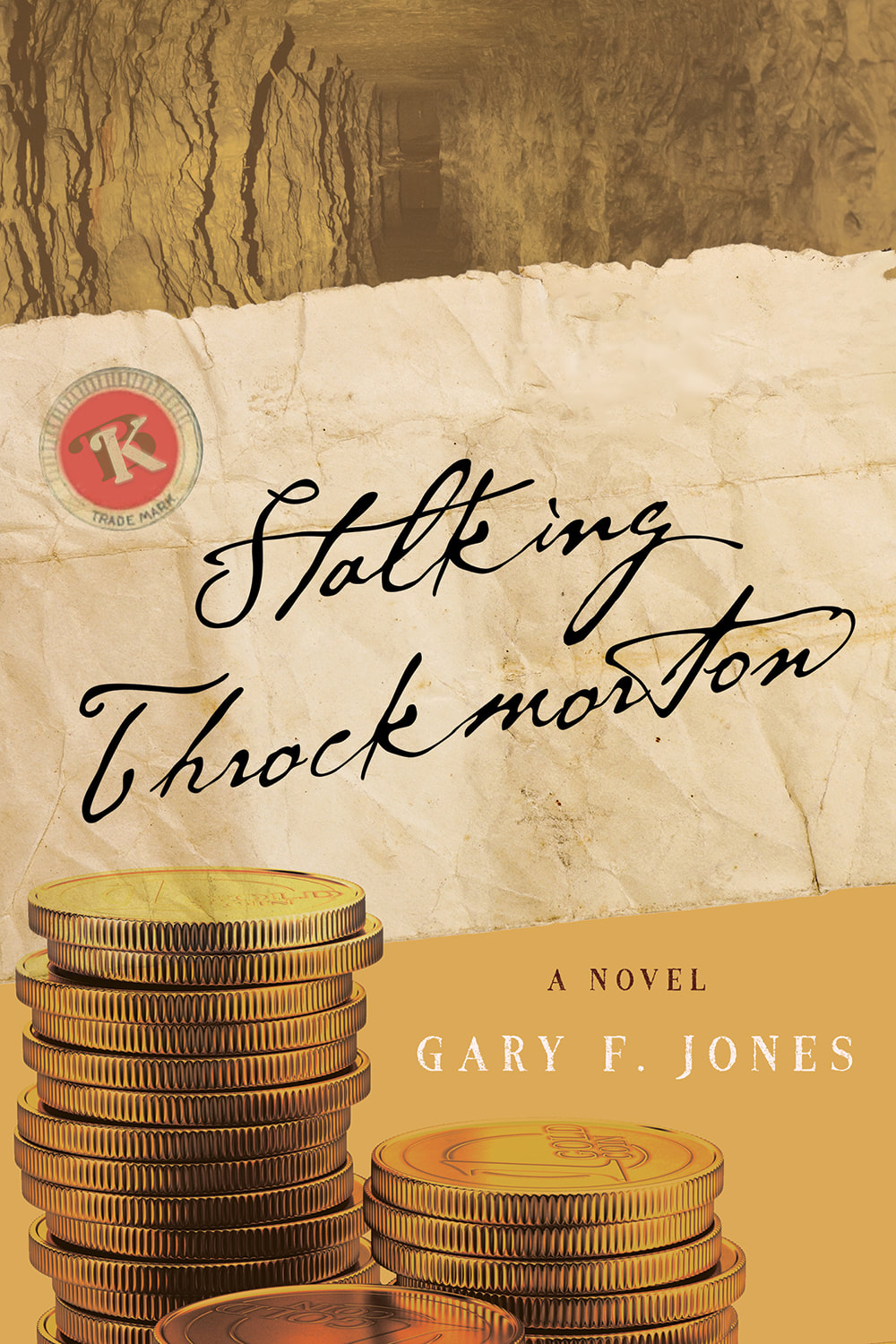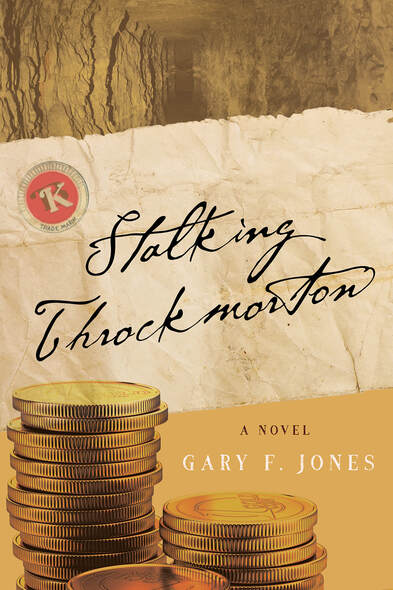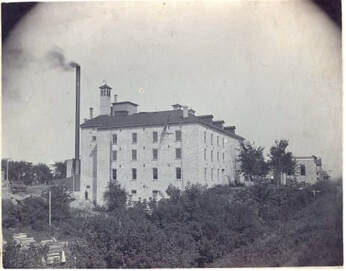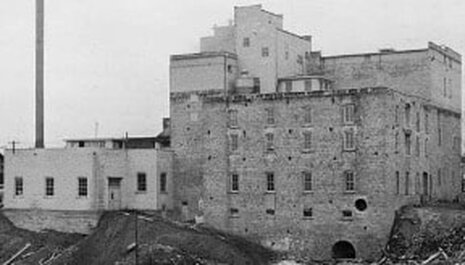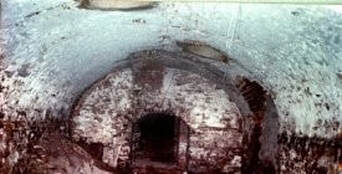Stalking Throckmorton - Release date 03/05/23
|
Chris Throckmorton races a killer to find a treasure hidden by his great-grandfather.
A lawyer hands Throckmorton an 82-year-old letter that claims his dying great-grandfather Otto Kessler stashed the family assets in an office under his brewery. Those assets could be worth $50 million or nothing in today's market. The village has demolished the brewery and buried the office. Murder victims are found in homes once owned by the Kessler's. The crooked village mayor and a con man learn of Otto's letter and force Throckmorton to make them partners. An inept crew slows the excavation to the office, and security cameras show the killer has visited the dig. Once in the office, the men find stock certificates in companies that went bankrupt between 1950 and 1990. His partners quit. Throckmorton finds another treasure in the office, but not the one Otto put there. To keep it, he must face the killer in the dark. Purchase Links:
|
|
|
Read the first chapter here
The Writing of Stalking Throckmorton
There are families that tell stories and there are those that don’t. My brother and I sat in rapt attention around the dining room table whenever my father told tales, usually tales of his exploits in the 1930s when he kept the family farm afloat by showing draft horses throughout the Midwest and driving an exhibition six-horse-hitch of Clydesdales. We’d heard the stories often, but that only seemed to whet our appetite to hear them again. That response also seemed true of many of our relatives. Outside our family, I’ve heard that the repetition of well-known stories was a happily anticipated hallmark of the Vaudeville circuits.
And then there are the other families, families who object if you tell a story more than once in ten years. We won’t discuss them.
In those blessed families who appreciated stories, a certain casualness with the truth was expected. Why bore people with exact details when a modest exaggeration makes a story laugh-out-loud funny? Why not tell people what should have happened instead of what did. That’s not a bad thing to remember as you read Stalking Throckmorton.
My great-grandfather established a brewery in a small Wisconsin town in 1856. He and his son, my grandfather, expanded it several times.
And then there are the other families, families who object if you tell a story more than once in ten years. We won’t discuss them.
In those blessed families who appreciated stories, a certain casualness with the truth was expected. Why bore people with exact details when a modest exaggeration makes a story laugh-out-loud funny? Why not tell people what should have happened instead of what did. That’s not a bad thing to remember as you read Stalking Throckmorton.
My great-grandfather established a brewery in a small Wisconsin town in 1856. He and his son, my grandfather, expanded it several times.
Lager beer must be brewed at temperatures below 60˚F. That put quite a crimp on brewing during the summer, so my grandfather brought in Italian stonemasons to build caverns under the brewery to keep stable cool temperatures for brewing all year long. They also built tunnels under the village streets so beer could be delivered to taverns without exposing workers to snow and cold. Everything worked fine until some benighted idiot came up with prohibition.
In 1919, every little town in Wisconsin seemed to have a brewery, and in 1920 they all decided to become canning factories. They struggled along until the crash in 1929 and then slowly, one by one, went bankrupt. My grandfather’s canning factory/brewery stayed afloat by generating electricity with the steam from the canning factory and surreptitiously making a few brews for friends, quite a few friends. The canning factory declared bankruptcy shortly after my grandfather’s death.
Family members tried to raise money to restart the brewery after WW II but were unable to secure sufficient funding. The old brewery was turned into a feed mill, with space left over to raise Angus steers and store boats in the winter. It was finally demolished by the village in 2015 and became the basis for a story when I was looking for a fresh topic for my scribblings in 2019. I changed the village name to Rockburg, the brewery became the Kessler Brewery, and the fictional last descendent of my grandfather became my protagonist, Chris Throckmorton.
All characters in the story are fictional. The village is as I remembered it from the 1960s and modified as needed for the story.
Family members tried to raise money to restart the brewery after WW II but were unable to secure sufficient funding. The old brewery was turned into a feed mill, with space left over to raise Angus steers and store boats in the winter. It was finally demolished by the village in 2015 and became the basis for a story when I was looking for a fresh topic for my scribblings in 2019. I changed the village name to Rockburg, the brewery became the Kessler Brewery, and the fictional last descendent of my grandfather became my protagonist, Chris Throckmorton.
All characters in the story are fictional. The village is as I remembered it from the 1960s and modified as needed for the story.
